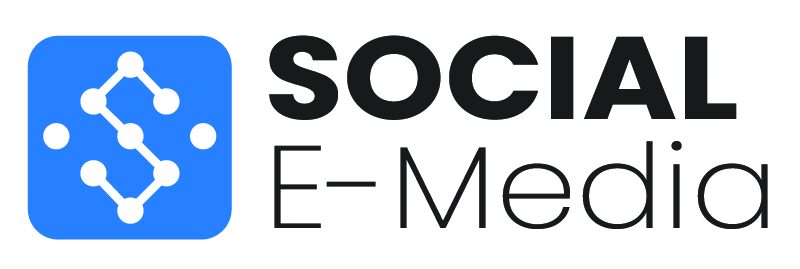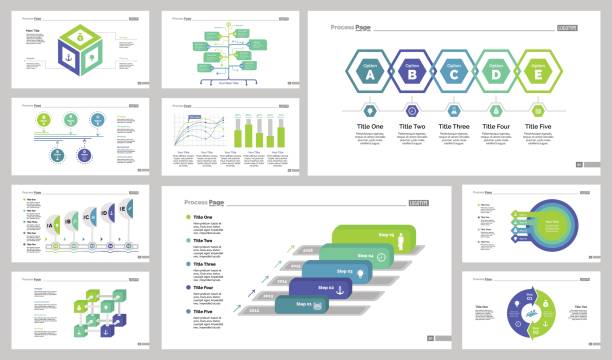
What Reasons Mobile Apps Are Failing and How Can You Avoid These Mistakes?
App failure is something we all know. The most striking statistic about app success is its rarity. Recent research shows that 0.5% and 13% of app apps for consumers are successful.
Does this mean that creating an app for your company is futile?
It’s not.
People use smartphones primarily through apps. App development is a smart business decision, as smartphones are now ubiquitous.
Understanding why apps fail can help you understand how to succeed in the app market. Let’s first understand the characteristics of app success before diving into why apps fail.
What is a success?
An earlier report indicated that only one in 10,000 apps succeed on the market.
This is a good place to ask: What is the app’s success or failure? Are you merely evaluating whether the app is a success or failure? Or are there other factors involved?
Any criteria do not define an app-venture. Let’s suppose that you launch an app and get 500 downloads within the first two months. The average daily and weekly active users are approximately 100 and 250, respectively.
How successful is this app? It may seem like a failure because of the low downloads. The active user ratios are quite solid. The download volume can be understood even if the app company doesn’t have a large acquisition budget.
You could argue that the data of active users is quite impressive and that it shows that the app has potential and is well-built.
Many factors determine success. Two ways to measure app success are available:
- Compare your app to other similar listings. If your app is not up to par, you might need to look at a different approach to improving and promoting it.
- Set benchmarks: Before you launch your app, set benchmarks for key app KPIs such as downloads, traffic and screen time. These benchmarks should be embedded in your plans for promoting your app and improving its functionality.
What causes apps to fail?
Apps fail because of this. What are the biggest mistakes that businesses make when running an app?
Although the list is lengthy, we have distilled it into five main reasons apps fail in app stores.
#1: Stuck in a wrong development cycle
The most important part of any app’s development life cycle is its app development. Your app’s design is the foundation of your business.
It is important to understand that you have two options for getting an app developed for your business: DIY and custom.
App development is the process of developing a mobile app using coding. To build an app for their business, businesses hire developers and agencies.
DIY app development is development without code. Automated platforms allow users to create mobile apps automatically without the need for coding.
Custom vs no-code app development
Let’s look at two scenarios in order to better understand each of these options.
One is a large company that has a well-established technology team. Because the company has the resources and the ability to create a functional app from scratch, custom development is a good choice.
A technology team is essential to ensure that the company can manage the app smoothly after launch. There’s always a team available to help with any urgent improvements.
Two is a small startup that has a very limited tech team. Let’s say that the company has enough capital to build an app from scratch.
After the app has been built, the challenge lies in improving it based upon the reactions of your customers and users. Here is where the problems begin. A small tech team is unable to make the app more useful.
Remember that many startups and small businesses don’t have a tech staff.
What makes DIY app builders so useful?
Two: A bad development decision can make it difficult to modify an app based upon user behavior and preferences.
The way the app was built means that the business can’t optimize it.
This is a simple solution: build apps using DIY mobile app builders to bypass all the complications of custom development.
This is the best option for small businesses because of many reasons.
- With DIY mobile app builders, it takes very little time to create a mobile application.
- This process does not require any programming. The app can be created without the involvement of a team of developers, or outside agencies.
- You don’t have to spend a lot of money to build an app. Instead, you can pay a small monthly fee or a one-time fee to access any mobile app builder platform.
- Once your app is live, it is simple to make changes or update the app. Many platforms that don’t require code allow you to manage your apps from a dedicated control panel.
DIY platforms are constantly improving with new features. Big companies will soon find it more practical to use no-code platforms for creating apps.
#2: The wrong approach to optimizing app stores
App Store Optimization (ASO) This is the process of optimizing an app shop listing to increase its organic visibility.
It works in this way: Let’s suppose you have an app selling running shoes. It makes sense to include keywords and phrases in your app store listing that your target audience might search for. This could be words such as running shoes, running shoes, etc.
To find the most relevant keywords, you can use a keyword search tool.
Bad ASO simply means that your app listing does not meet your target keywords.
Your app’s ASO may not be working for many reasons. These are some reasons your app may not be receiving downloads through organic app store searches. Here’s what you can do about it.
- Use bad keywords Take a look at the keyword list. Are your keywords high in volume? Are they relevant to your niche? How can you rank higher on this keyword? It is easy to find keywords that are relevant by looking at other apps that do better.
- Poor positioning: The title, subtitle, description, and description of your app must be optimized for the keywords that you have selected. Your app listing’s title must contain your target keyword. You are not performing ASO correctly. Your high-volume keywords should be used in the app title. Then, rejig all the other words in the description and subtitle.
- Unseen app name: The industry your app is targeting doesn’t necessarily have to be in the app’s name. Netflix, for example, doesn’t call its app “content streaming platform”. The name of your app should be a combination of the features it offers. Bad app names can be confusing and not relateable.
- Bad design: A listing for an app is your brand’s landing page in busy app stores. Visitors won’t be converted if it doesn’t look professional. Low conversions can be a negative signal and negatively impact app store rankings. Your screenshots and icons should reflect the best version of your app.
- Unmanaged reviews and ratings: Every online business should learn from the effects of reviews and ratings on sales and traffic. You will see a drop in rankings if you don’t engage with customers who leave negative reviews. Engage with unhappy customers and remind happy users to leave reviews.
Keywords are the most important factor in ASO. While the rest of the factors can still be managed, a bad selection of keywords could stop any positive ASO momentum.
#3: Inadequacy in Features
Some apps lack features. Have you ever seen an app with fewer features than the competition?
This app is not something you want to create. Customers and users should not feel the app isn’t well-built or unable to fulfill its core function.
Adding too many features can also make your app seem complicated. Consider how it feels if you have too many options in an app once you open it.
The app may have more features, but that doesn’t mean it is better. If you sacrifice user experience in exchange for functionality, it can lead to customers and users being turned away.
Where is the line? What are the limits of features?
It is best to research your current and potential users to find out. The feature threshold for some markets would be higher if there were tech-savvy users. If the audience needs a lot technical guidance, it is lower.
Make sure you do your market research before adding features to your app. You can come up with creative ways to add powerful features that don’t overwhelm your users as your user base grows.



